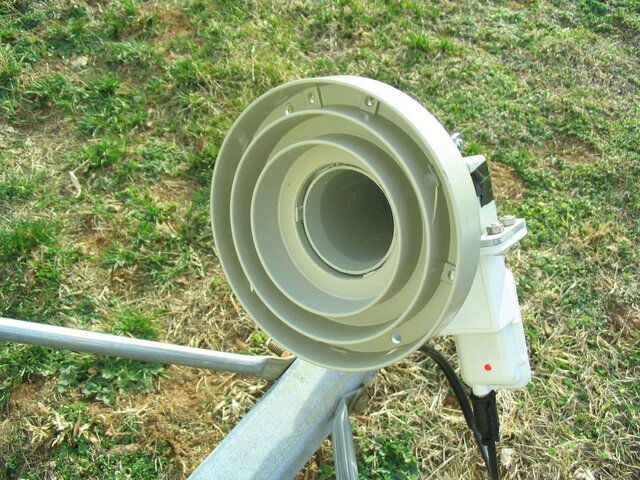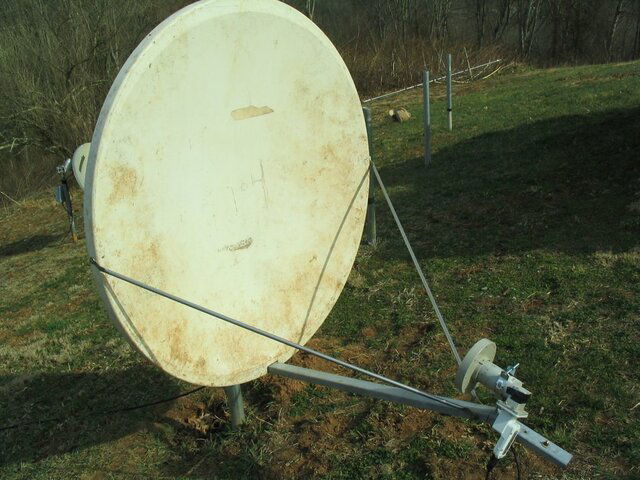There is a bracket designed by a long-time member, CadData.
It might be adaptable to those 1.2m offset dishes for mounting the flat scalar.
You could get started that way.
I don't have the link handy, but here are
pictures of 'em as built by PopCornNmore.
I fabricated some
myself, and they work great.
If it is attractive, I'm sure you can find CadData's original drawings.
The guys looking for the best performance do tend to move on to
conical scalars.
They match the F/D of the offset dishes better.
I think the brackets would still do the job, bolted to the stepped scalar.
Or,,,, maybe use the flat scalar to hold the LNBF, and then slip the conical scalar on the dish-side of the LNBF...?
For encouragement, you might scroll through a thread by Linuxman, where he put a
C-band LNBF on a 1.0 meter Primestar dish.
Down near the end, he listed the satellites and transponders he was able to receive.
EDIT: I thought this all sounded a little too familiar.
I was about to point you to the pictures by jTuttle of his
1.2m on C-band, but I see it's in another thread of yours!




